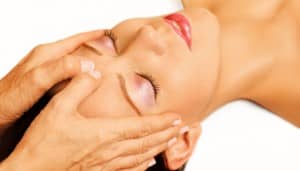OSTEOPATHIC MANIPULATION
A holistic and drugless approach to health and disease in which the physician uses various manual maneuvers to restore normal structure and function, and assist in the inherent self-healing powers of the body
 Osteopathy began in 1874 as an holistic and drug-less approach to health and disease. It is based on the idea that man is not a collection of parts but a synthetic whole imbued with spirit. A totality not reducible to the some of its parts. The body functions as a total unit and possesses self-healing and self-regulating mechanisms.
Osteopathy began in 1874 as an holistic and drug-less approach to health and disease. It is based on the idea that man is not a collection of parts but a synthetic whole imbued with spirit. A totality not reducible to the some of its parts. The body functions as a total unit and possesses self-healing and self-regulating mechanisms.
Osteopathy maintains that there is a reciprocal relationship between structure and function. Namely, that an alteration in structure (the musculoskeletal system) through injury will result in a change in function (an internal organ) and hence disease. Likewise, a diseased internal organ will result in an alteration in the musculoskeletal system.
The cranial osteopath, by his or her intimate knowledge of living anatomy can recognize, even on subtle levels, these deviations from normal and by the application of various manual maneuvers restore the structure and function and assist the inherent self healing powers of the body.
Currently, there are well over 1000,000 osteopathic physicians and 30 accredited osteopathic medical colleges in the United States. For more information about the osteopathic profession, visit the website of the American Osteopathic Association.
Treating Children

Osteopathic physicians are trained to treat children of all ages from birth to their teenage years. They can treat musculoskelatal complaints of all kinds including birth trauma, scoliosis, sports injures and concussions using cranial osteopathic techniques. As complete physicians, they also treat many other complaints using osteopathic manipulative treatments, avoiding the use of medication as would typically be done by pediatricians.